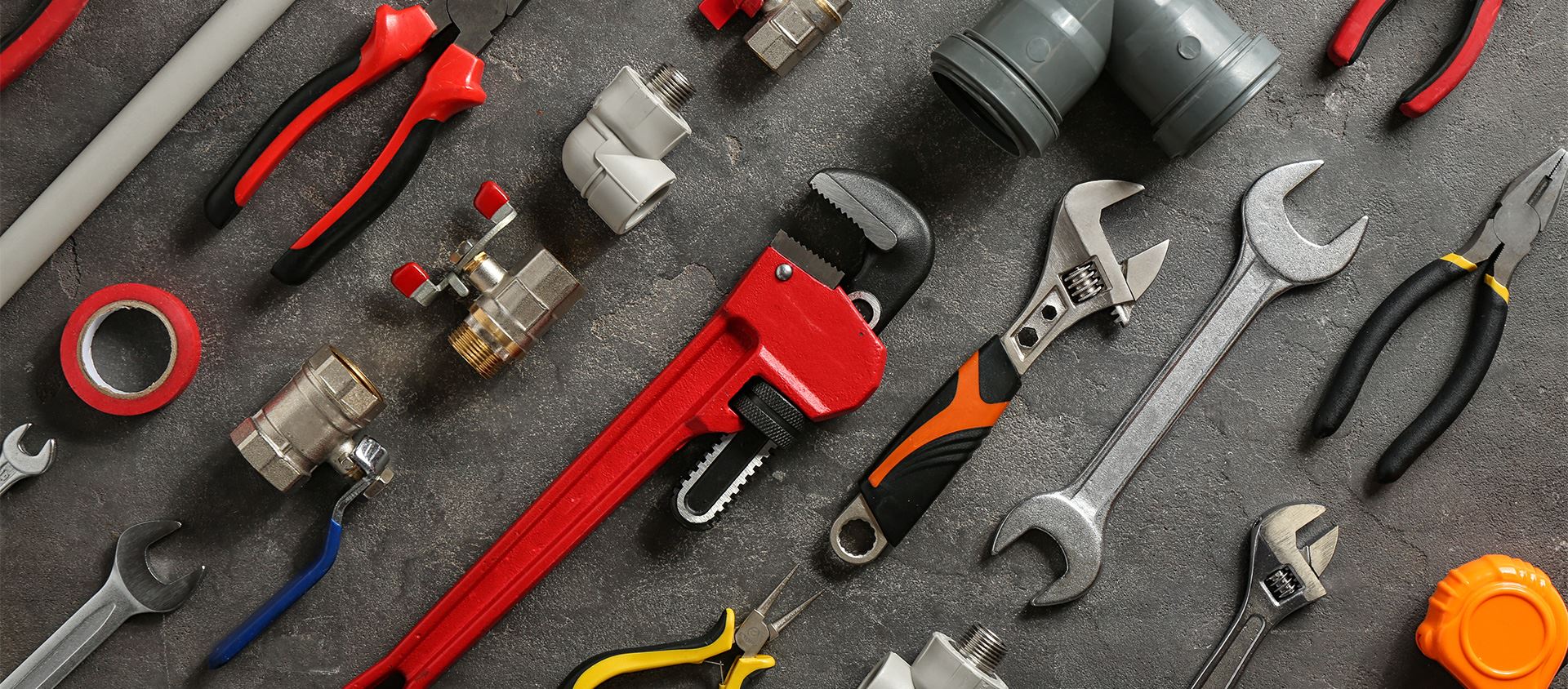A leak in your plumbing system can cause water wastage and cause extensive damage if left undetected and unaddressed. Identifying and diagnosing leaks promptly is essential for maintaining the integrity of your plumbing and preventing costly repairs. In this blog post, SAAB Plumbing, the trusted plumbing business in Ashland, MA, will guide you through a 5-step plan to help you detect and diagnose leaks in your plumbing system.
5 Steps You Can Take To Ensure Your Plumbing System Is In The Best Shape Possible Are:
- Monitor Water Usage: Start by monitoring your water usage. Keep an eye on your water bill and look for any sudden and unexplained increases in consumption. A significant water usage spike could indicate a leak somewhere in your plumbing system. Additionally, periodically check your water meter. If the meter continues to run even when all water fixtures are turned off, it strongly indicates a leak.
- Visual Inspection: Perform a visual inspection of your plumbing system, focusing on areas where leaks commonly occur. Check for any signs of water stains, discoloration, or moisture around pipes, faucets, and fixtures. Inspect the floor around toilets, sinks, and bathtubs for pooling water or dampness. Additionally, examine your walls and ceilings for any signs of water damage, such as peeling paint or sagging drywall. Any visible signs of water leakage should be addressed promptly.
- Conduct a Leak Test: Conduct a leak test further to narrow down the source of a suspected leak. Start by turning off all water fixtures and appliances, including faucets, toilets, and washing machines. Next, take note of your water meter reading. Wait for a few hours without water, and then recheck the meter. If the task has changed, it suggests a leak in the plumbing system. Repeat this process for individual fixtures and appliances to isolate the specific area of concern.
- Use Leak Detection Tools: For hidden or hard-to-detect leaks, it may be necessary to employ leak detection tools. One effective method is using a water leak detection device, which utilizes sound or infrared technology to identify leaks. These devices can pinpoint leaks behind walls, under floors, and inaccessible areas. Alternatively, you can use food coloring to test for toilet leaks. Add a few drops of food coloring into the toilet tank. If the color appears in the bowl without flushing, it indicates a leaking flapper valve.
- Seek Professional Assistance: If you cannot locate or diagnose the source of a leak, it’s time to call in the professionals. Experts like SAAB Plumbing have the expertise and specialized equipment to accurately detect and diagnose even the most elusive leaks. In addition, they can perform thorough inspections, utilize advanced leak detection methods, and provide expert solutions to address the issue efficiently and effectively. Seeking professional assistance ensures that leaks are identified and repaired promptly, preventing further damage to your plumbing system.
When To Contact a Plumbing Service
Detecting and diagnosing leaks in your plumbing system is crucial for preventing water wastage, minimizing damage, and avoiding costly repairs. You can proactively identify and address by following this comprehensive 5-step plan provided by SAAB Plumbing. Remember to monitor your water usage, perform visual inspections, conduct leak tests, utilize leak detection tools, and seek professional assistance. With these steps in place, you can maintain the integrity of your plumbing system and enjoy a leak-free home. So don’t delay – take action today to protect your plumbing and preserve water resources!
The post How to Detect and Diagnose Plumbing Leaks appeared first on S.A.A.B. Plumbing and Heating, INC..

